Michael Davidson President, Board Coach
The time to strengthen your board is now, even with everything else on your plate. During the pandemic, critical issues are constantly arising for non-profits, and if your board is not working efficiently and strategically as a team, it can’t take ownership of the issues. For some organizations this alone could cause their demise. When the pandemic itself is over, it will be a time to rebuild and grow. The stronger your board is now, the better positioned you will be to thrive in the future. We are bringing this series of blog posts to them to help build the strongest board possible at this time.
–Michael Davidson and Brian Saber
Board meetings should be a time to engage the thinking of your board members on issues of strategic importance. They are also an opportunity to re-energize your board.
They should not be for “updating.” There are alternative ways to provide information. Your board members can read; they do not need to be read to. And with everyone getting Zoomed-out, board members may simply not show up if it’s only to hear the same-old, same-old.
 So, if you’ve been struggling to transform your board meetings, this is the moment to do it. Start by creating timed agendas and have board members agree to a practice where routine reports will be sent in advance and not discussed unless a board member sends a specific question in advance of the meeting (a practice commonly known as a “consent agenda”). New ideas that may come up should not be discussed, but rather referred to committees (or your management team) for analysis before consideration by your board.
So, if you’ve been struggling to transform your board meetings, this is the moment to do it. Start by creating timed agendas and have board members agree to a practice where routine reports will be sent in advance and not discussed unless a board member sends a specific question in advance of the meeting (a practice commonly known as a “consent agenda”). New ideas that may come up should not be discussed, but rather referred to committees (or your management team) for analysis before consideration by your board.
Board meetings should be substantive. Every meeting should include a “mission moment” that provides an anecdote of a specific program success, discussion of important strategic long-term opportunities and challenges, and an opportunity to focus your board on its fundraising responsibilities.
This does not mean a fundraising report which they can read beforehand. Rather, this is an opportunity to run brief exercises that encourage board members to practice their personal story, better understand their money concepts, wrestle with whatever is stopping them from being active fundraisers, and more.
Every board meeting should have a brief executive session without staff at the end. It has no agenda and no minutes. It can be as brief as ten minutes for the purpose of reflection on the meeting. It can also allow for the expression of ideas that board members may have had but self-censored due to the presence of staff. Should issues arise that require broader discussion, your chair will be able to communicate that to your Executive Director.
Your chair should also assure that each meeting has some informal opportunity for board members to simply connect with one another. Today that’s more important than ever as the absence of in-person meetings can hinder board camaraderie. When they get to know each other personally, they’ll be more likely to want to come to board meetings, work hard so they don’t disappoint their friends, and engage in mutually respectful discussions… even when they disagree!





